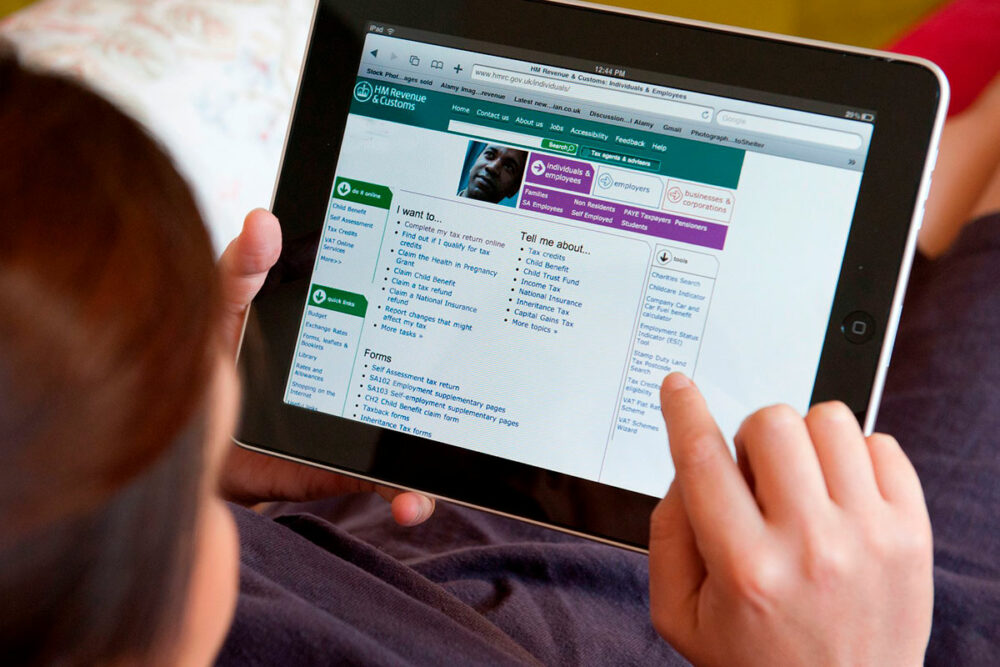Background to the report
There are over 34 million individual and over five million business taxpayers in the UK and more than seven million families in receipt of benefits and credits administered by HM Revenue and Customs (HMRC). The department supports its customers through a range of services, provided online, through written correspondence and over the telephone.
Jump to downloadsIn 2022-23, HMRC spent £881 million on customer service. Performance has been below expected levels for telephone and correspondence for almost all of the last five years.
Scope of the report
This report examines the extent to which HMRC is well-placed to provide the services that customers need within its planned resources. It covers:
- Recent trends in customer service performance and changes in demand for HMRC’s services, and the factors affecting this performance
- HMRC’s progress in achieving its strategic goals on improving and increasing the use of its digital services
- HMRC’s plans for customer service in 2024-25 and how they might affect performance levels
Conclusions
HMRC’s telephone and correspondence services have been falling below the expected service levels for too long, and HMRC has not achieved planned efficiencies. To achieve value for money HMRC must provide a timely and effective service for customers needing help with their tax or benefits, even as it attempts to reduce costs.
Taxpayers are required by law to engage with the system and many need support with more complex queries to feel confident that they have met their obligations. HMRC’s strategy to replace traditional forms of contact with digital services makes sense in many ways. Digital transactions can be easier and faster for many customers to access and submit information. However, they do not currently allow customers to resolve more complex queries.
Forecasting how far and fast digital services will reduce demand for telephone and correspondence is highly uncertain and, so far, digital services have not had the effect HMRC hoped for. While the total number of telephone calls has reduced, the total amount of time advisers are spending on each call has increased, meaning HMRC’s workload has reduced more slowly than reductions in call volumes.
While many of HMRC’s digital services work well, they have not made enough of a difference to customer contact levels. In the face of funding pressures, HMRC has pressed on with attempts to reduce costs despite its poor performance. HMRC and customers have been caught in a declining spiral of service pressures and cuts.
HMRC has been unable to cope with telephone demand and consequently fallen short in processing correspondence and dealing with telephone calls according to procedures, creating further service pressures. HMRC felt it had no choice but to close phone lines to catch up and compel people to use digital services. It has had to reverse this approach in the face of stakeholder opposition.
HMRC now faces a significant challenge without increasing capacity. Its approach to cutting services as it introduces new digital solutions has been too aggressive. HMRC needs to allow more time for new services to bed in, understand the difference they make, and then make staff reductions when the benefits are demonstrated. Otherwise, services will continue to suffer, and unnecessary service pressures and contact will remain.
HMRC cannot be certain that tax revenue is not suffering as a result. There are opportunities to reduce unnecessary levels of contact and improve efficiency. HMRC must demonstrate it understands how to make these gains, and form more realistic plans for how to deliver these, while ensuring it maintains service levels.
Downloads
- Report - HMRC customer service (.pdf — 568 KB)
- Summary - HMRC customer service (.pdf — 144 KB)
- ePub - HMRC customer service (.epub — 2 MB)
Publication details
- ISBN: 978-1-78604-549-2 [Buy a hard copy of this report]
- HC: 726, 2023-24
Press release
View press release (15 May 2024)

